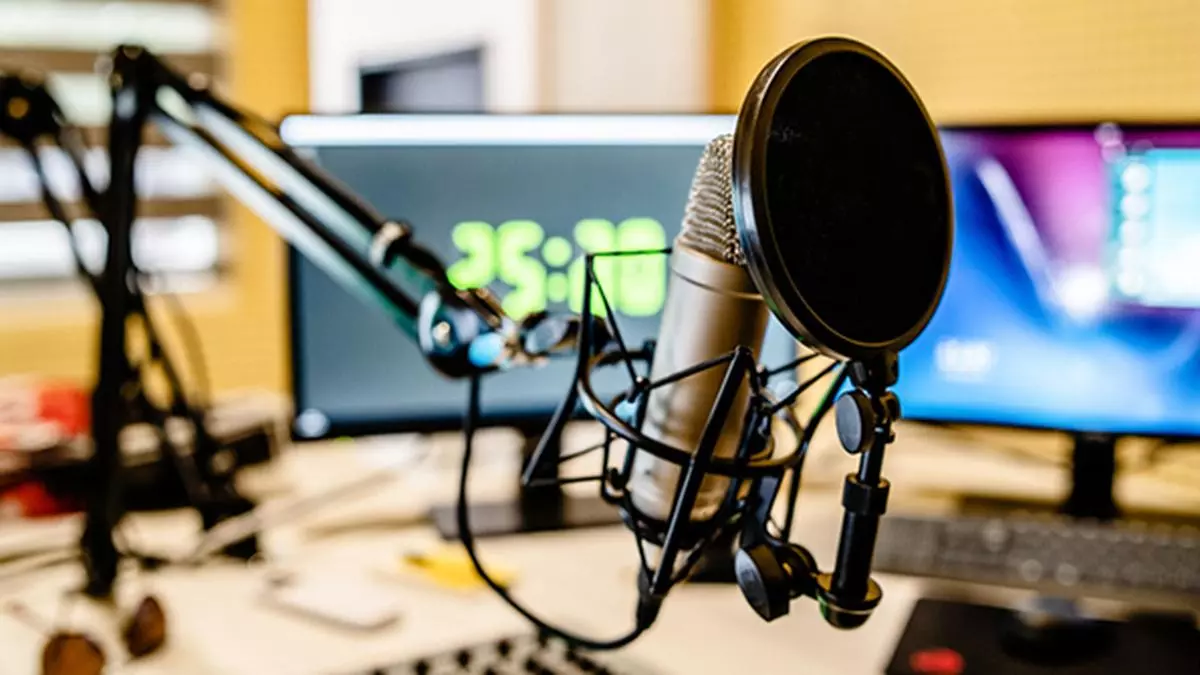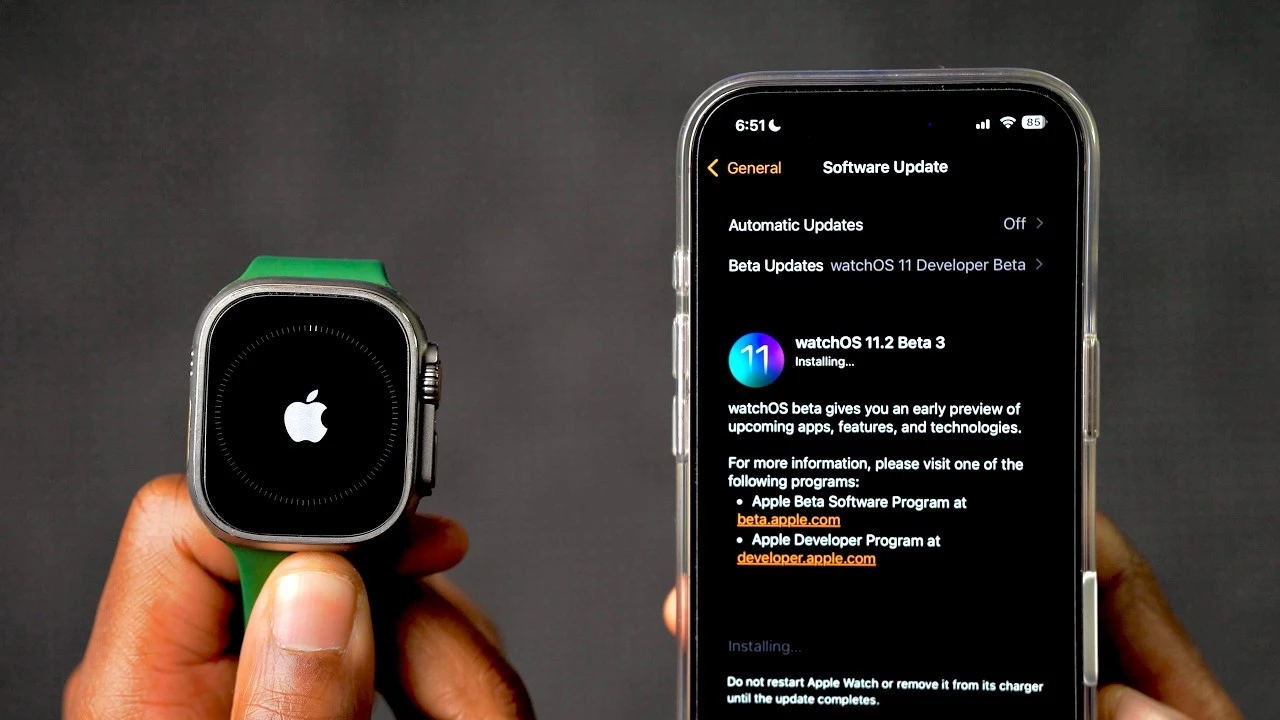
Broadcasting sector stakeholders are divided on which technology should be adopted to transition from analogue radio broadcasting to digital radio broadcasting in India. Research into the two technologies - the In Band On Channel (IBOC) or HD Radio system and the Digital Radio Mondiale (DRM) system - and comments by sector experts suggest that the divide may be part of a larger debate of using open standard vs proprietary technology. In September 2024, the Telecom Regulatory Authority of India (TRAI) floated a consultation paper regarding the digital radio broadcast policy and invited comment from stakeholders.
The paper listed different standards for digital radio broadcasting including the HD Radio system and DRM. Subsequent submissions indicated that while the community preferred a single technology for digital radio, there was no consensus on which technology it should be. For example, the Arab States Broadcasting Union (ASBU) recommended DRM, the same technology that is recommended in the Arab regions of Africa and Asia.
As per the ASBU, other Asia-Pacific countries also adopted DRM as the de-facto digital radio standard for the region. HT Media too opted for the DRM since the system has already been adopted by India on AM bands. It said that DRM is the more compelling choice considering the system already caters to around 900 million Indian users, over 6 million cars and a pre-existing ecosystem with DRM chipsets and module designs.
Comparing DRM to HD Radio, HT Media wrote, “DRM requires 100 KHz. bandwidth for a single DRM FM transmission offering superior audio quality and up to 3 audio services and additional data services such as Journaline. In case of HD Radio it would require 400 KHz.
of bandwidth or the Digital Radio Transmission. This shows that DRM is more spectrum efficient as compared to HD Radio.” However, the Indian Cellular and Electronics Association (ICEA) recommended the use of HD Radio systems, considering its compatibility across device ecosystems like cars, Bluetooth speakers, and mobile devices.
Describing India as “late” in adoption digital FM technology, the ICEA said that HD Radio can help avoid market fragmentation and fast adoption. “HD Radio is already operational across the world, in Latin America, US and Philippines in FM band with thousands of stations and millions of devices in market. Ecosystems already exist over there.
We recommend it from an ecosystem availability point of view. HD Radio also allows minimum disruption for the industry with its demonstrated simulcast capabilities allowing for existing analogue and digital to operate within same spectrum,” Rajesh Sharma, Executive Director of the ICEA told businessline, adding that the organisation doesn’t want a mandate for adoption of this technology. The National Association of Broadcasters (NAB), a US broadcasters’ body, pushed for HD Radio.
It stated that the technology allows a broadcaster to fully leverage existing investment in a station’s infrastructure as it operates on the same broadcast frequency and is designed to serve the same coverage area as existing analog services. The NAB said that an HD Radio system will help with the migration from analog to digital services in the FM band as the technology’s architecture will ensure that the traditional analog signal co-exists with the new digital signal. As market penetration of digital-capable receivers increases, more and more listeners will be able to take advantage of the additional services provided by digital radio, said the Association.
An aspect of these technologies not mentioned in the TRAI paper is that DRM is an open standard technology while HD Radio was acquired by American multinational company Xperi in 2016. This means that while HD Radio may be more efficient, radio service providers who opt for this technology may have to pay royalties. On the other hand, DRM is a free standard.
This may explain why some local players prefer DRM while American companies like the NAB or even big companies like Mercedes Benz are supporting HD Radio. When asked whether the open standard versus proprietary tussle can influence stakeholder decisions to select a technology, Professor V Sridhar from the International Institute of Information Technology in Bangalore said that such cases have happened before in the telecom sector. He added that in India open standards usually win such competitions.
“Proprietary tech may be efficient but if there is a royalty it may not be possible for everyone to buy it. The ecosystem will throw it out if it leads to less consumers. So, even if open standard is less efficient a lot of stations and users will use it.
Network effect will kick in,” he said .As an example, he talked about the CDMA spectrum technology that Qualcomm was based on. “It was a very efficient technology but because they were not open to putting it as a standard, not even open-source, it never really caught the attention of telecom service providers,” he said.
Comments.














